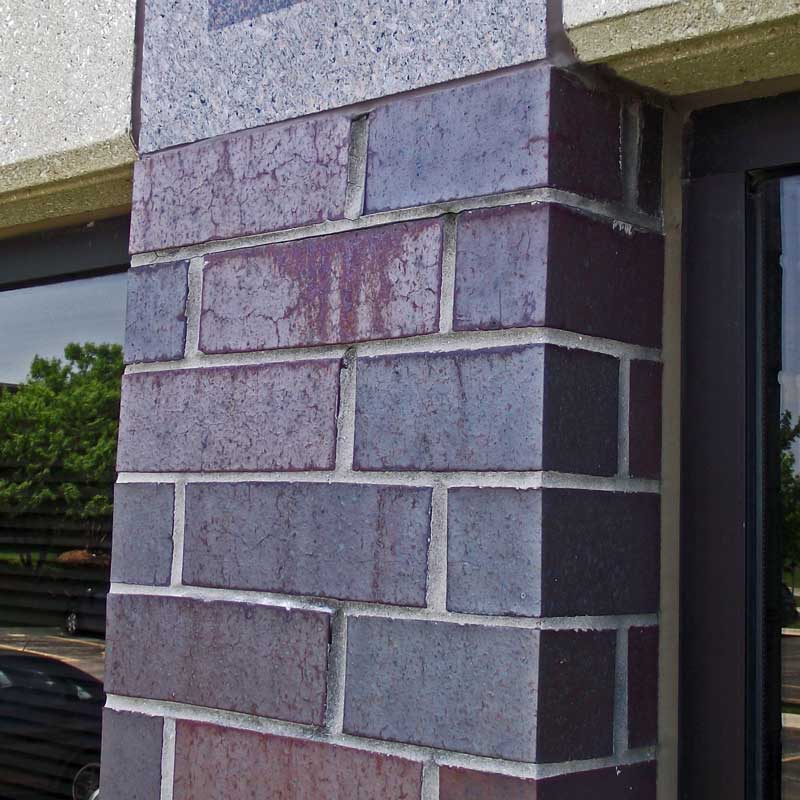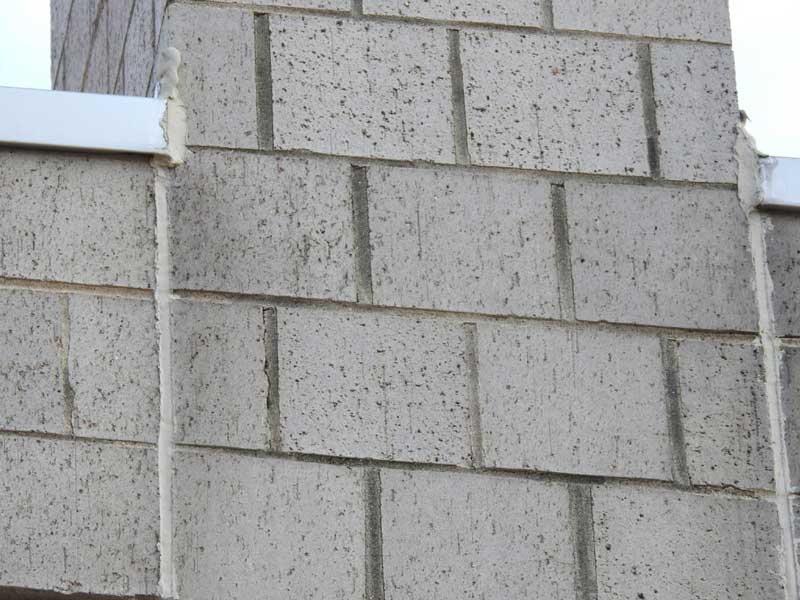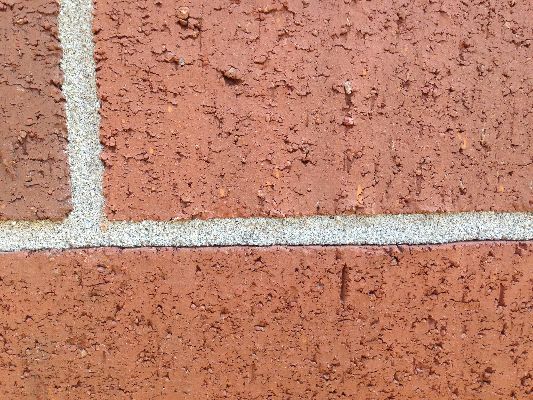Initial Rate of Absorption in Masonry
The Significance of the Initial Rate of Absorption in Brick Masonry Walls
Masonry mortar must bond well to the masonry units in the wall. Brick absorption, including initial rate of absorption (IRA), is an important property affecting the bond. IRA also is a property for which a standard test method exists.
IRA and Bond
As hydration takes place and the mortar cures, chemical bonds form between mortar and brick. The brick must suck enough water and cement from the mortar to form these chemical bonds within its pores, while leaving enough water to allow cement hydration in the joint itself. IRA (expressed in grams of water per minute per 30 square inches of surface area) is a measure of this suction.
Water Retentivity
Water retentivity is a physical property of mortar, a measure of its ability to retain its mixing water under suction.
Methods to Enhance Compatibility
Masons can adjust their methods in various ways to minimize compatibility problems. With highly absorptive brick, the main concern is to prevent the mortar from drying out, so follow procedures recommended for hot-weather work. One way to reduce the absorptiveness of high IRA brick is to wet it before it is laid. IRA is only one of many factors that affect masonry performance. But matching mortar properties to the brick’s absorption rate can contribute to strong, complete bond.



